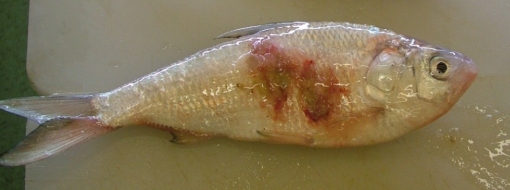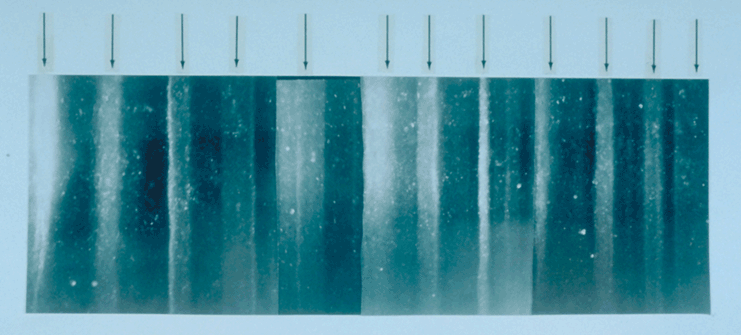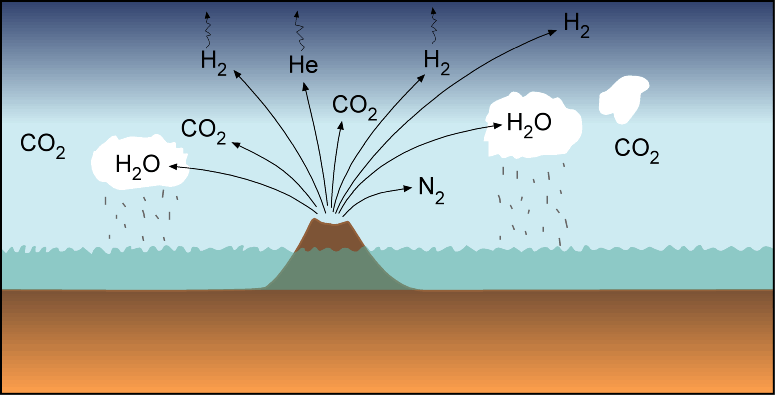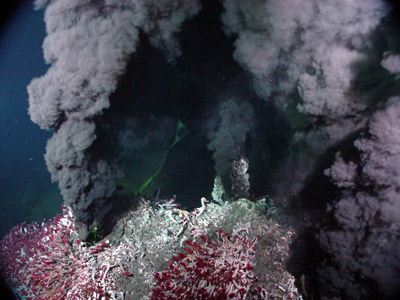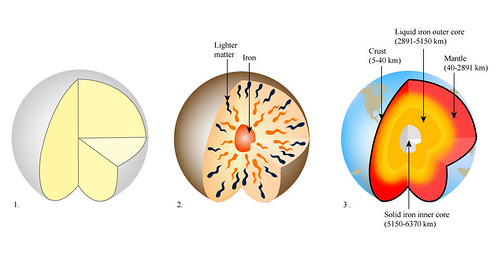The issue dominated Tasmanian politics throughout the late 70s and early 80s and caused great rifts between those who supported the construction of the dam and those who sought the preservation of the wilderness values of the
region. The issue In 1979 the Hydro-Electric Commission (HEC) released a
proposal to construct a 180 megawatt power scheme which would result in the
inundation of 37 km of the middle reaches of the Gordon River and 33 km of the Franklin River valley. The scheme would add to the huge power output already provided by the State’s 23 hydro-electric power stations and generate a significant number of jobs for the west coast — an area with one of the highest unemployment rates in Tasmania at the time.
The Franklin River Blockade, organised by the Tasmanian Wilderness Society (TWS) under the leadership of Bob Brown, commenced on the 14 December 1982, the day the Western Tasmanian Wilderness National Parks World Heritage Area was listed. A total of 2613 people registered at the TWS headquarters in Strahan to participate in the campaign of nonviolent civil disobedience. Protesters chained themselves to gates at the HEC compound in Strahan and formed blockades in rubber duckies at Warners Landing.

As boat load after boat load were arrested, new waves of protesters came to take their place. The campaign continued throughout the summer of 1982-3 and resulted in the arrest of 1272 persons. Bob Brown was imprisoned for
three weeks, and many people, including internationally renowned botanist, David Bellamy, were remanded in custody.
During the height of the campaign, the Tasmanian Government rejected $500
million offered by Prime Minister Malcolm Fraser to construct an alternative
power scheme outside the boundaries of the World Heritage Area. Further offers by the newly-elected Labor Government under Bob Hawke were similarly turned down. Then, on 31 March 1983, the Hawke Government, which had recently been elected into office on an anti-dam platform, passed regulations forbidding HEC works within the World Heritage Area. Despite this, the HEC continued with the construction of works while the Tasmanian Government’s
challenge to the validity of the legislation was heard in the High Court. It was the decision of the High Court on the 1 July 1983 which, after a four to three majority ruling, prevented the damming of the Franklin River.
The whole affair altered the political and legal landscape, and provided impetus for conservationists to challenge other activities that they thought would cause irrevocable damage to the environment.
Why do people want to alter the landscape? Generally the benefits are economic for a community or individual. They may provide direct jobs such as mining, or support industries that service the activities of the developer (e.g. restaurants and cafes, other small businesses that may service and repair machinery of the developer, and so on).
Why do people wish to preserve the landscape? The reasons are often varied and may include:
- Public access
- Recreational use
- Maintaining biodiversity
- Keeping the area free from pollution and preserving the quality of life for existing users/residents of particular site
- Spiritual/cultural links
- Historical significance of the site.
In the local area, there have been a number of controversial issues centered around the development of the foreshore near the town centre

These have included the building of the Rydges Hotel and the demolition of the old Post Office and subsequent redevelopment of site into holiday units. The conversion of State Forest to National Parks has been of concern to those involved in the timber industry.
The relevant level of government will often try and balance the needs of stakeholders where it can. However, it is rare that all interested parties are satisfied when such decisions are handed down.


